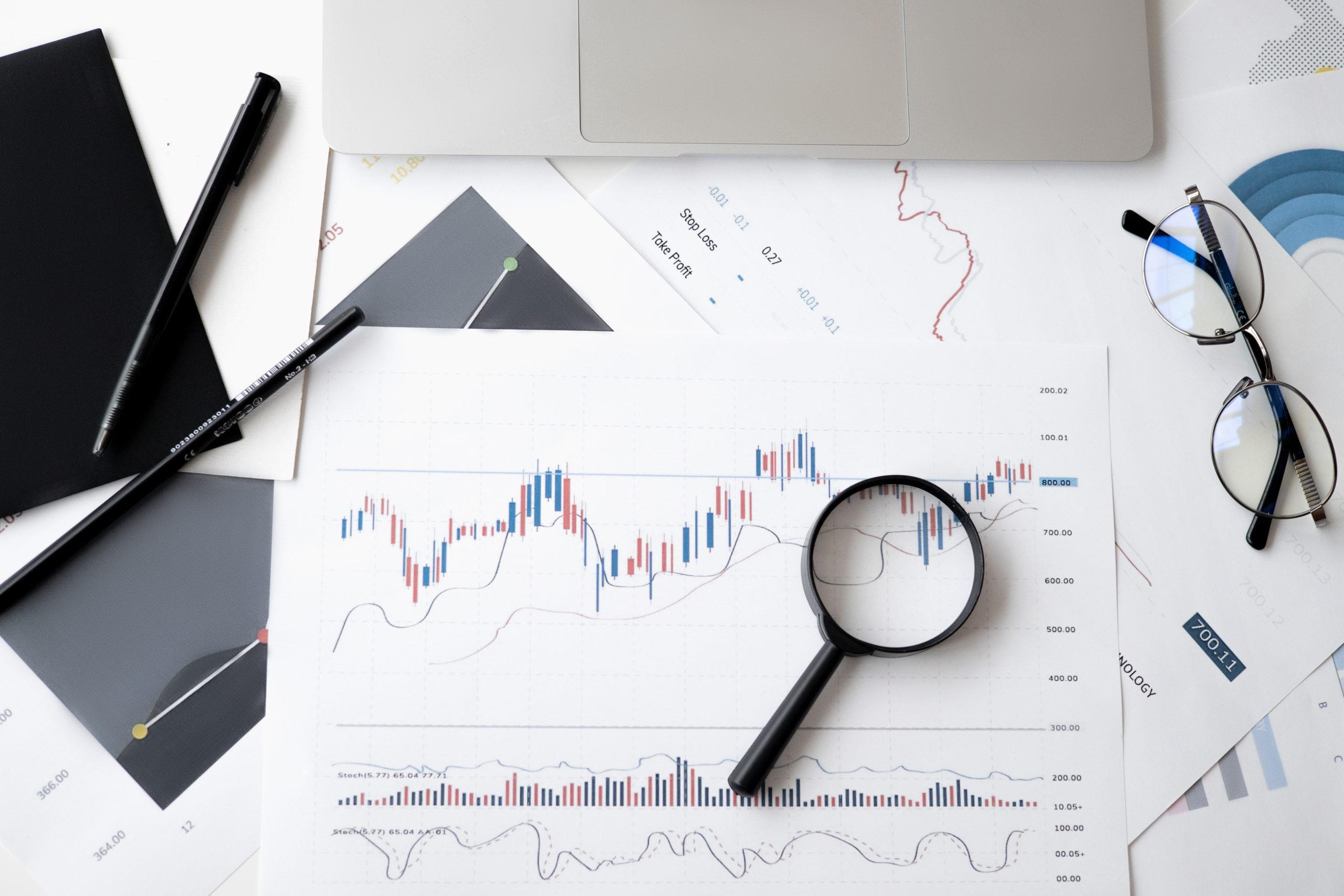
03 Jul WHAT IS STRATEGIC FORECASTING? – A DEFINITION
Strategic forecasting is a tool that purportedly empowers organizations to adapt and thrive in the ever-changing business environment. By providing a means of predicting future trends and challenges, it’s supposed to enable companies to make informed, proactive decisions, thereby driving sustainable growth and ensuring longevity.
The core principle of strategic forecasting revolves around deciphering the probable future by analyzing current trends, historical data, and industry benchmarks. Noting this, some would say (although not all) that this tool helps navigates the unseen future by identifying potential opportunities and mitigating risks before they become unmanageable.
At the heart of the process is an understanding of both macro and microenvironments. In the former case, macro-level analysis looks at factors outside the company’s control, like political, economic, social, and technological changes (PEST analysis). These external factors are often the harbingers of industry-shifting trends. A change in government policy, economic volatility, social movements, or technological breakthroughs could significantly affect a business’s future.
On the other hand, a micro-level analysis examines internal elements, such as sales data, production capacity, and financial resources. It identifies areas for improvement within the organization, enabling businesses to optimize their operations and streamline their processes.
One example of strategic forecasting is scenario planning, which involves creating multiple plausible futures. In each scenario, different variables are altered to see how they might impact the organization’s trajectory. This type of “what if” analysis can help companies prepare for a variety of outcomes and develop contingency plans.
Mind you: Wherever you sit on the issue, it’s important to note that strategic forecasting is not a one-time exercise. It’s a continuous process that needs to be revised and refined as new data becomes available. The goal is to create a dynamic, flexible roadmap that can evolve with the business and the broader market context.
Some would also tell you that strategic forecasting requires a commitment to data-driven decision making. Using advanced analytics tools and AI technologies, companies can harness vast amounts of data to gain deep insights into potential futures. These technologies can identify patterns and trends that might not be evident through traditional analysis, leading to more accurate and reliable forecasts.
However, while data and technology have roles to play, the importance of human intuition and expertise cannot be overstated. Analysts who understand the nuances of the industry and can interpret the data in the right context provide an invaluable contribution to the forecasting process.
In an era of uncertainty and rapid change, strategic forecasting has become a helpful part of business planning, or so some organizations claim. By providing a glimpse into the future, it allows organizations to stay ahead of the curve, capitalizing on opportunities and mitigating risks.
However, it is not a crystal ball and cannot predict the future with absolute certainty. Instead, it provides a range of potential outcomes based on current trends and data. The ultimate goal is not certainty but preparedness. It equips businesses with the knowledge and insights they need to navigate the future with confidence and agility.



